Late summer garden bed editing and hobby pond care at Lake of the Woods

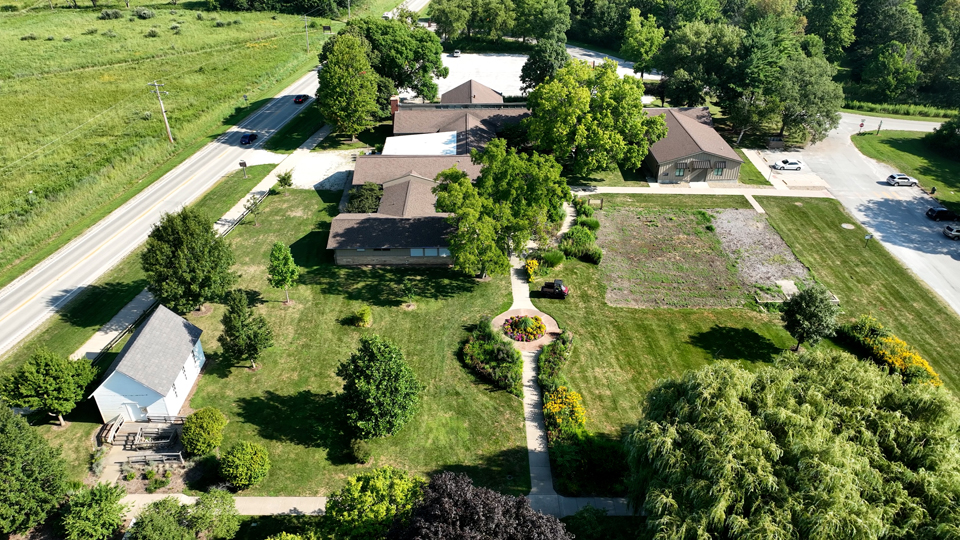
MidAmerican Gardener - August 14, 2025 - Lake of the Woods, Mahomet, IL.
This week the team heads to Mahomet to take in the natural beauty of Lake of the Woods a breathtaking forest preserve in Mahomet, Illinois.
Rusty Maulding, site superintendent at Lake of the Woods shows us around the gardens. Rusty explains “late summer garden editing” as a seasonal process of tidying, rebalancing, and redirecting garden growth. He begins with an ironweed plant—tall, beautiful, but prone to encroaching on pathways. He shows how to decide whether a plant should be left in place, transplanted, or removed entirely. Next, he addresses big bluestem grass, noting that while valuable in prairie restoration, it can overwhelm smaller garden spaces if left unchecked.
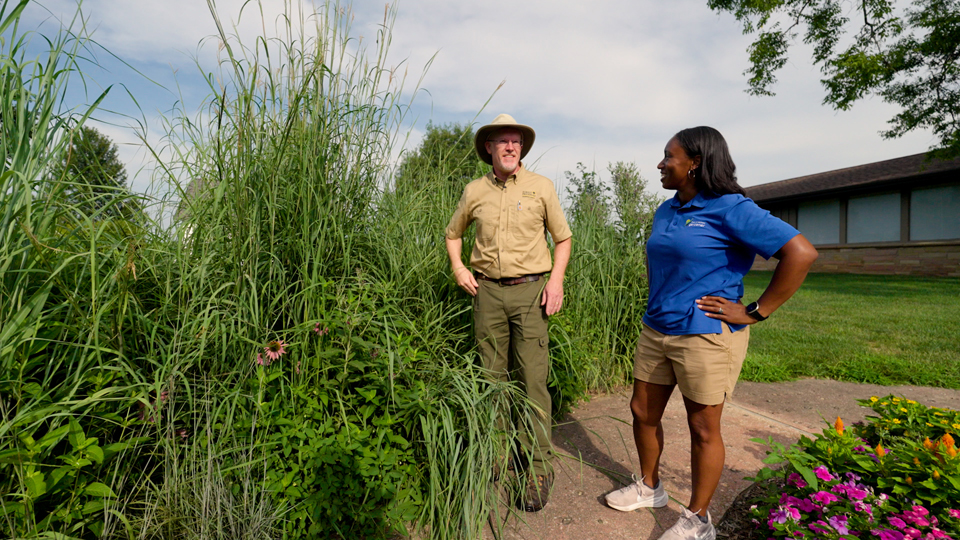
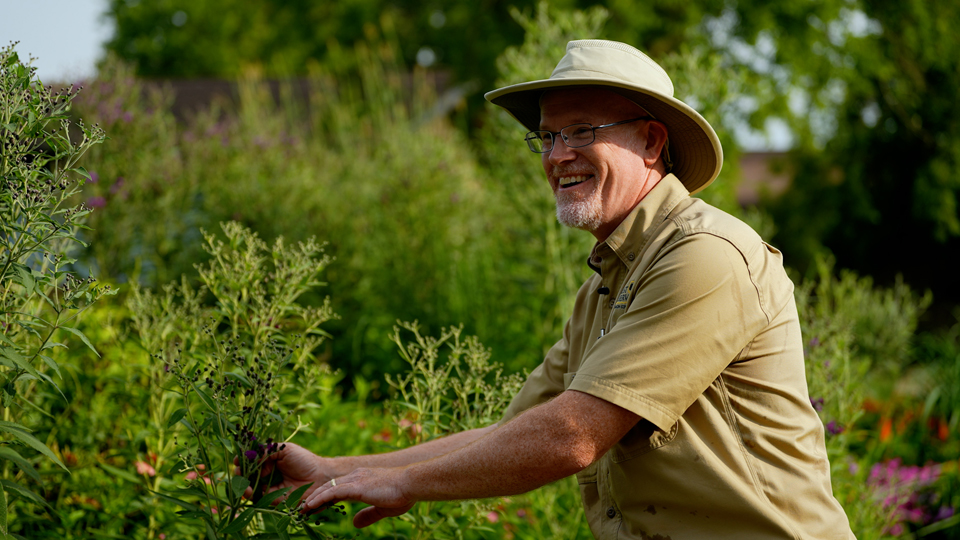
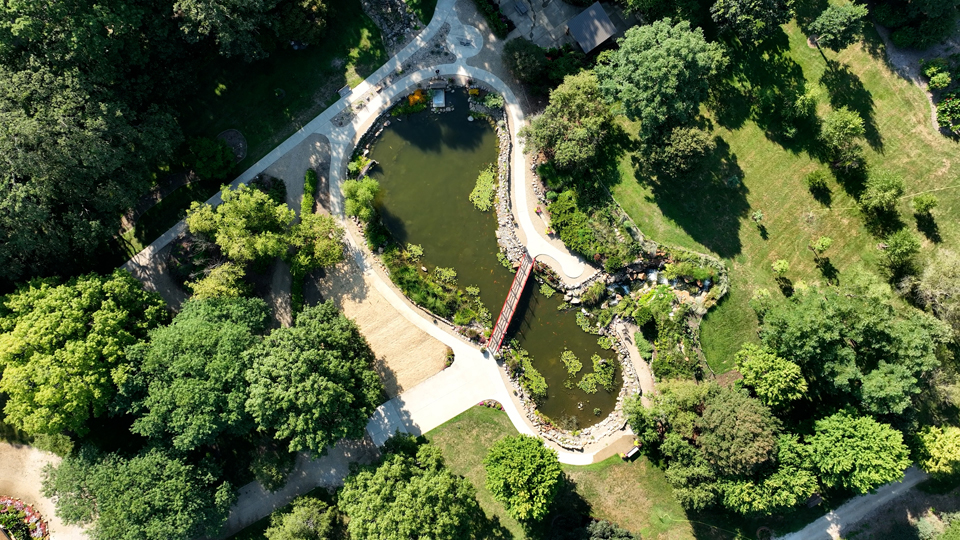
Rusty then shifts to discussing some plants he consideres “garden thugs” Some are self-sown, others just grow rapidly and spread. An example of this would be coneflower. Rusty says if left unchecked it would dominate a planting bed. The same goes for blackberry lilies, which drop seeds that almost always germinate. His tip?: cut seed pods before they ripen to control spread. He also shares methods such as tagging plants for removal and using barriers or selective herbicides where needed
The topic then turns to deer damage. Rusty and Tinisha walk through a hosta bed that has been completely scalped by deer. Maulding later recommends a combination of physical barriers and rotating repellents. By changing scents and products regularly, deer are less likely to adapt and return. He rounds out the segment with anecdotes from fellow gardeners and his own trial-and-error experiences.
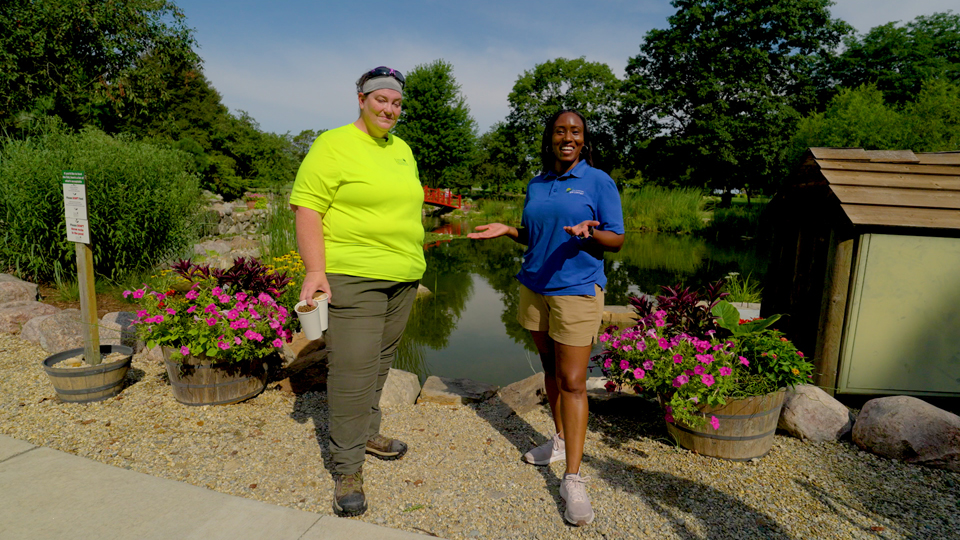

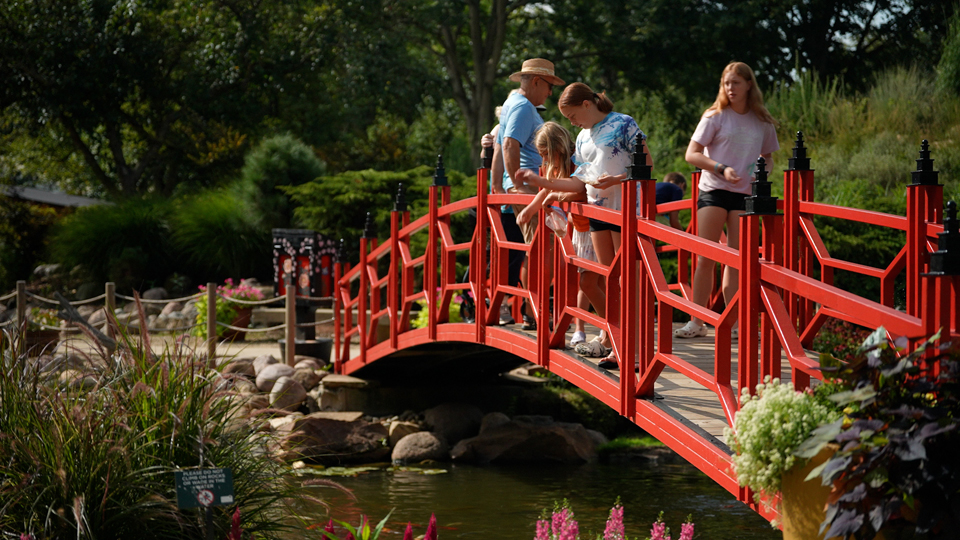
Tinisha then meets Stephanie Workman to talk about water features, starting with a lush koi pond inside the park for guests to enjoy.. Stephanie explains how to select aquatic and marginal plants—like cattails and native flowers—that thrive in constant moisture. She stresses the importance of shaded areas to help regulate pond temperature, and highlights filtration maintenance, monitoring water loss from evaporation, and managing leaks. Stephanie notes the cultural significance of koi in Japan and explains their winter dormancy (torpor), along with how to feed them.
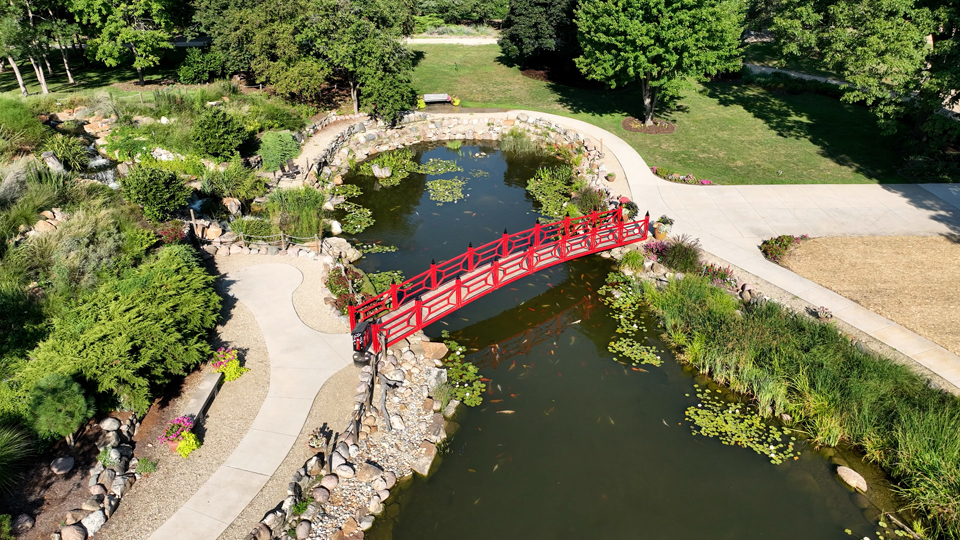
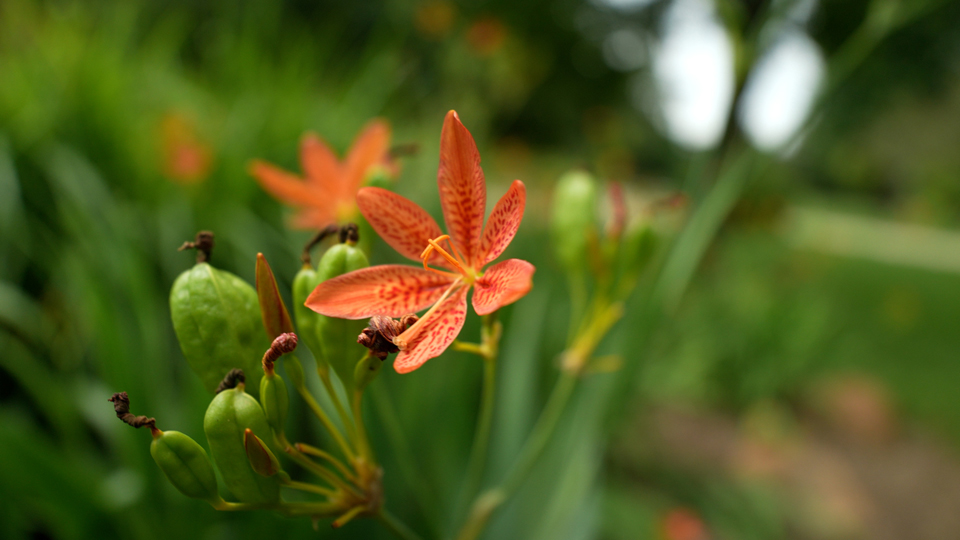
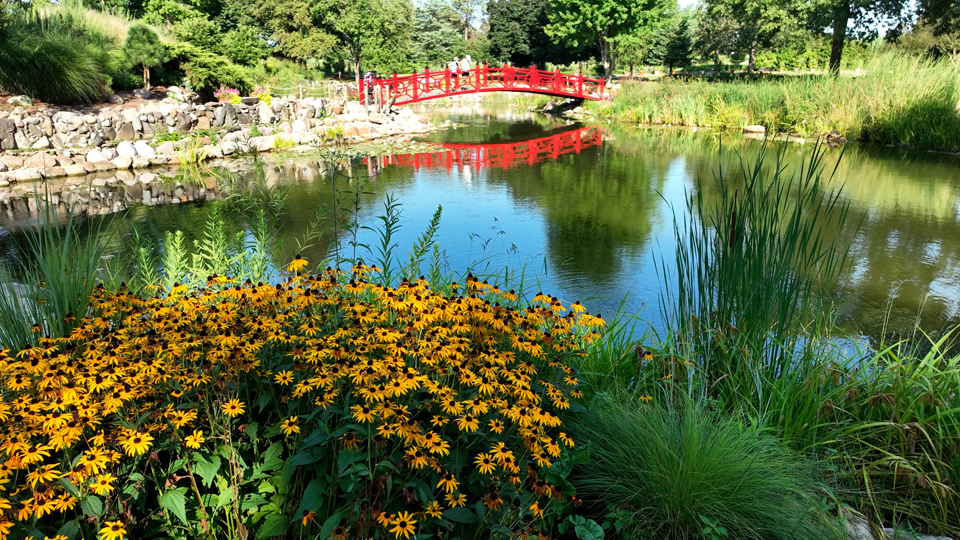
Next, Stephanie takes viewers to a tropical flower bed brimming with canna lilies, elephant ears, and colorful coleus. She outlines the bed’s design, with tall plants forming a central focal point and cascading foliage spilling toward the edges. She shares strategies for overwintering tropicals in cold climates and points out the vibrant impact they bring to summer gardens.




